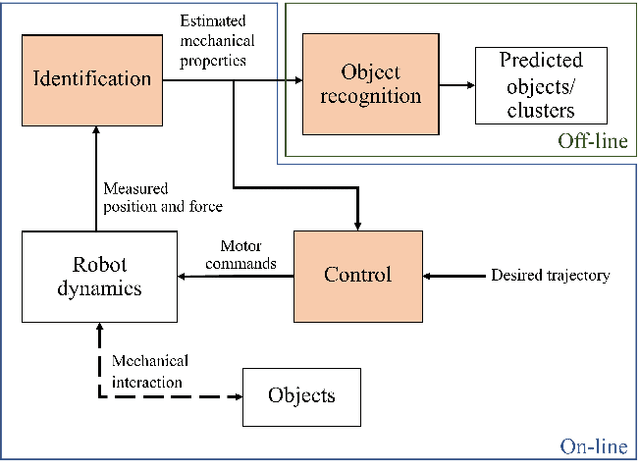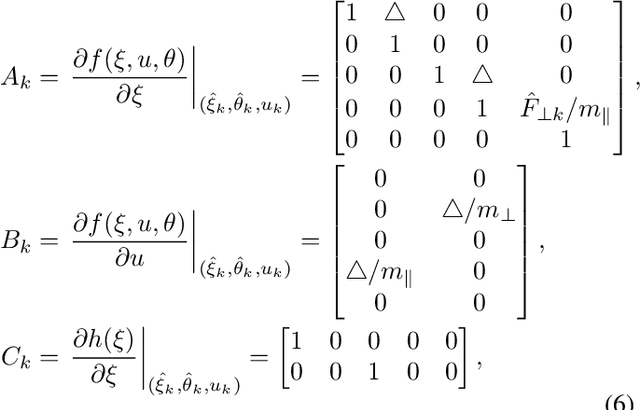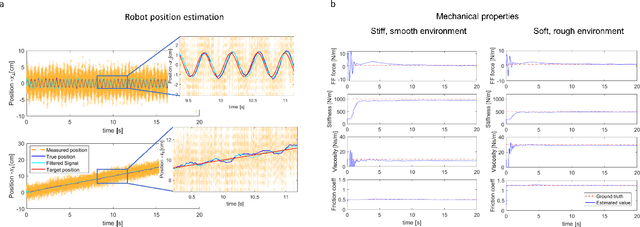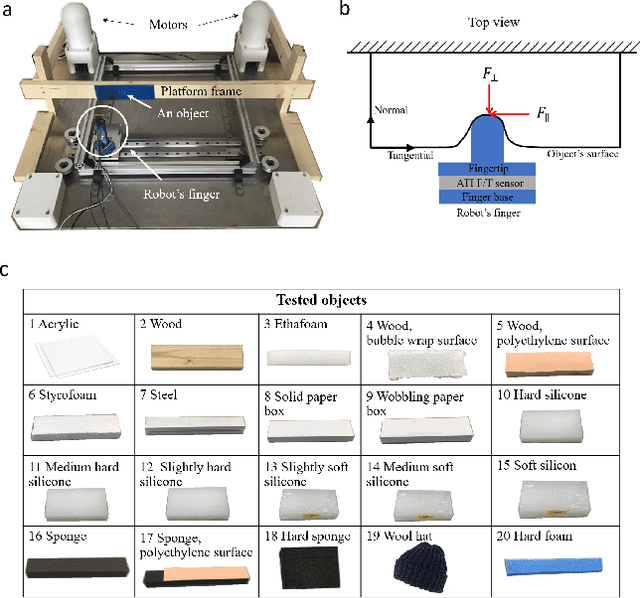Mechanical features based object recognition
Paper and Code
Oct 14, 2022



Current robotic haptic object recognition relies on statistical measures derived from movement dependent interaction signals such as force, vibration or position. Mechanical properties that can be identified from these signals are intrinsic object properties that may yield a more robust object representation. Therefore, this paper proposes an object recognition framework using multiple representative mechanical properties: the coefficient of restitution, stiffness, viscosity and friction coefficient. These mechanical properties are identified in real-time using a dual Kalman filter, then used to classify objects. The proposed framework was tested with a robot identifying 20 objects through haptic exploration. The results demonstrate the technique's effectiveness and efficiency, and that all four mechanical properties are required for best recognition yielding a rate of 98.18 $\pm$ 0.424 %. Clustering with Gaussian mixture models further shows that using these mechanical properties results in superior recognition as compared to using statistical parameters of the interaction signals.
 Add to Chrome
Add to Chrome Add to Firefox
Add to Firefox Add to Edge
Add to Edge